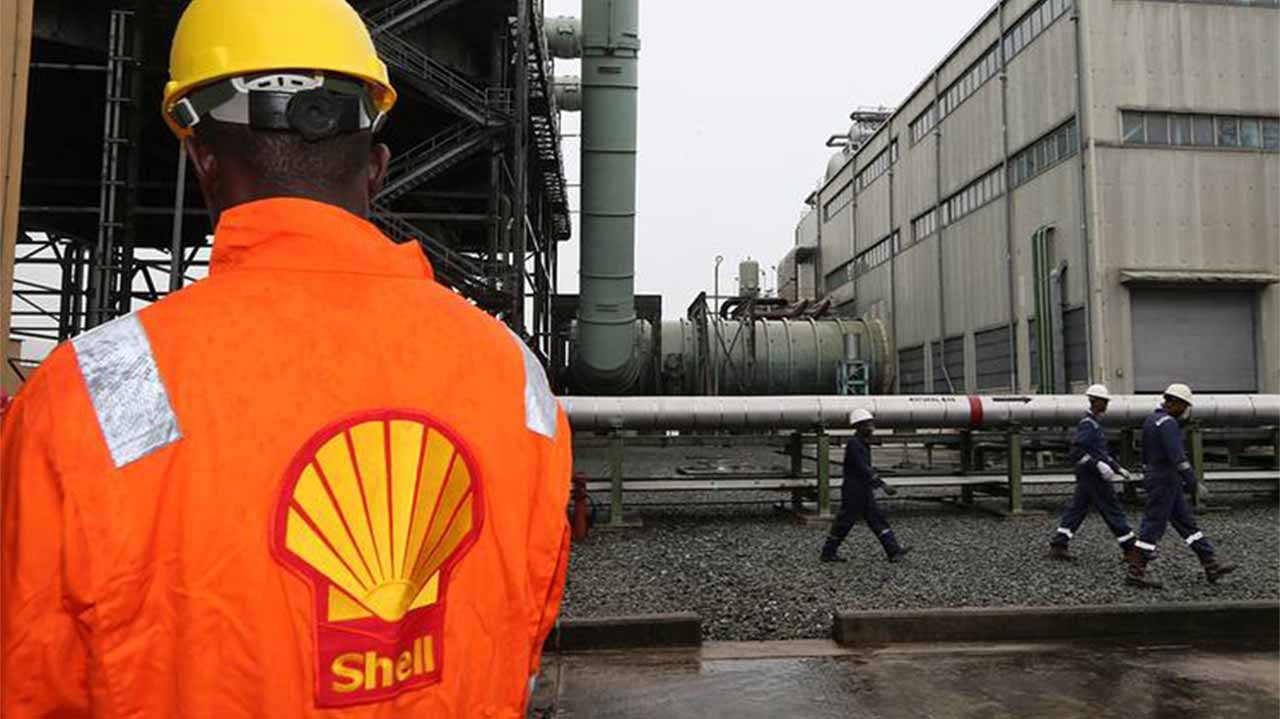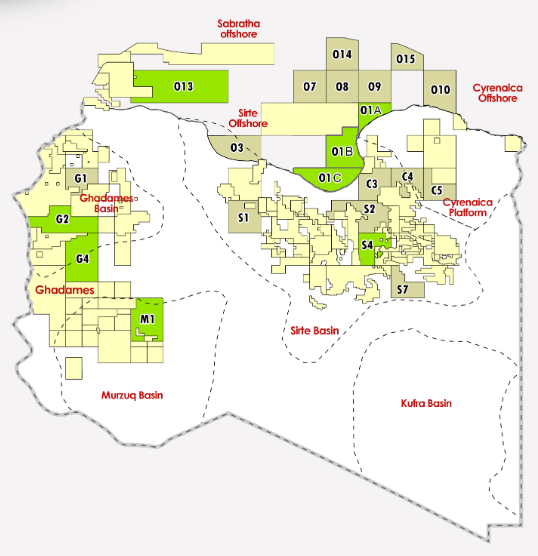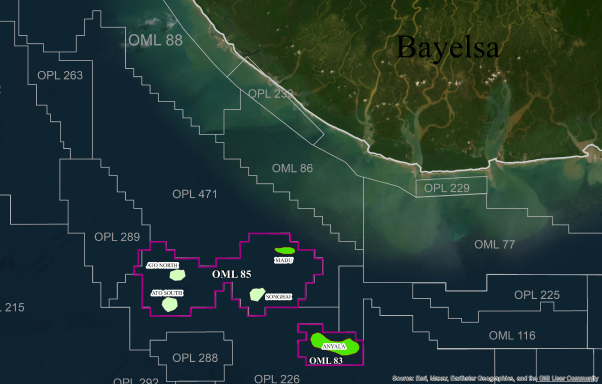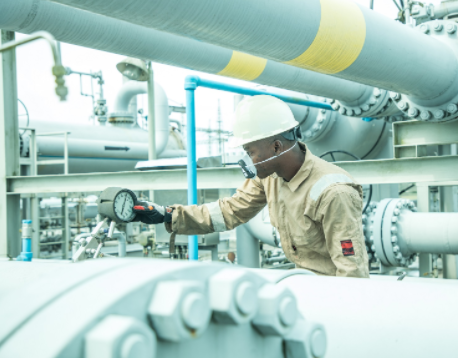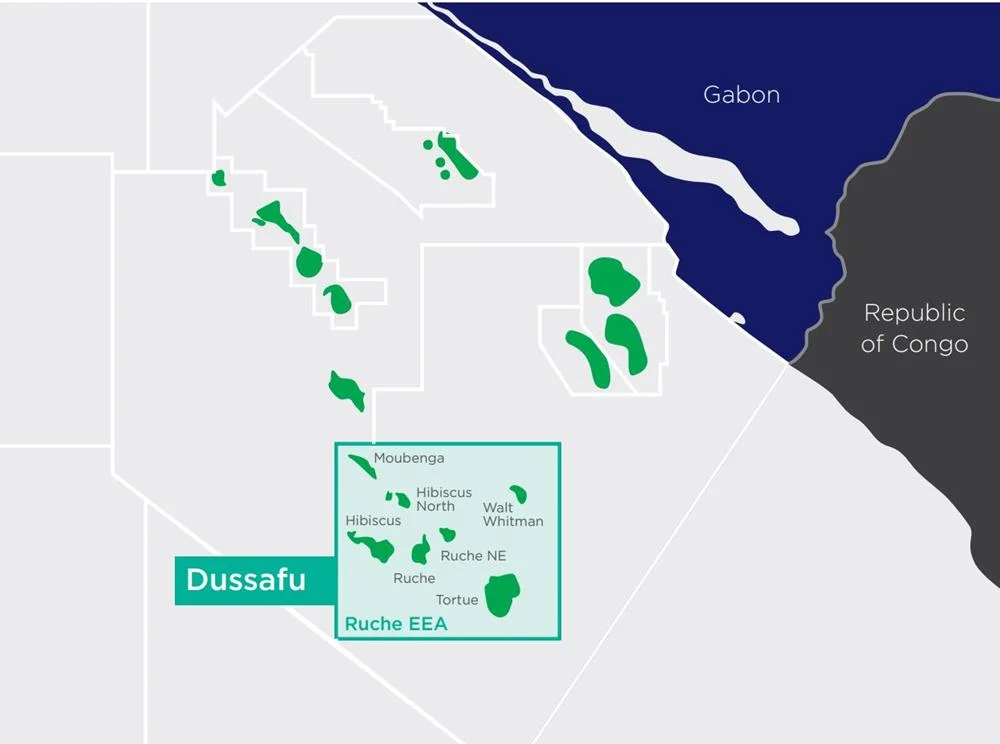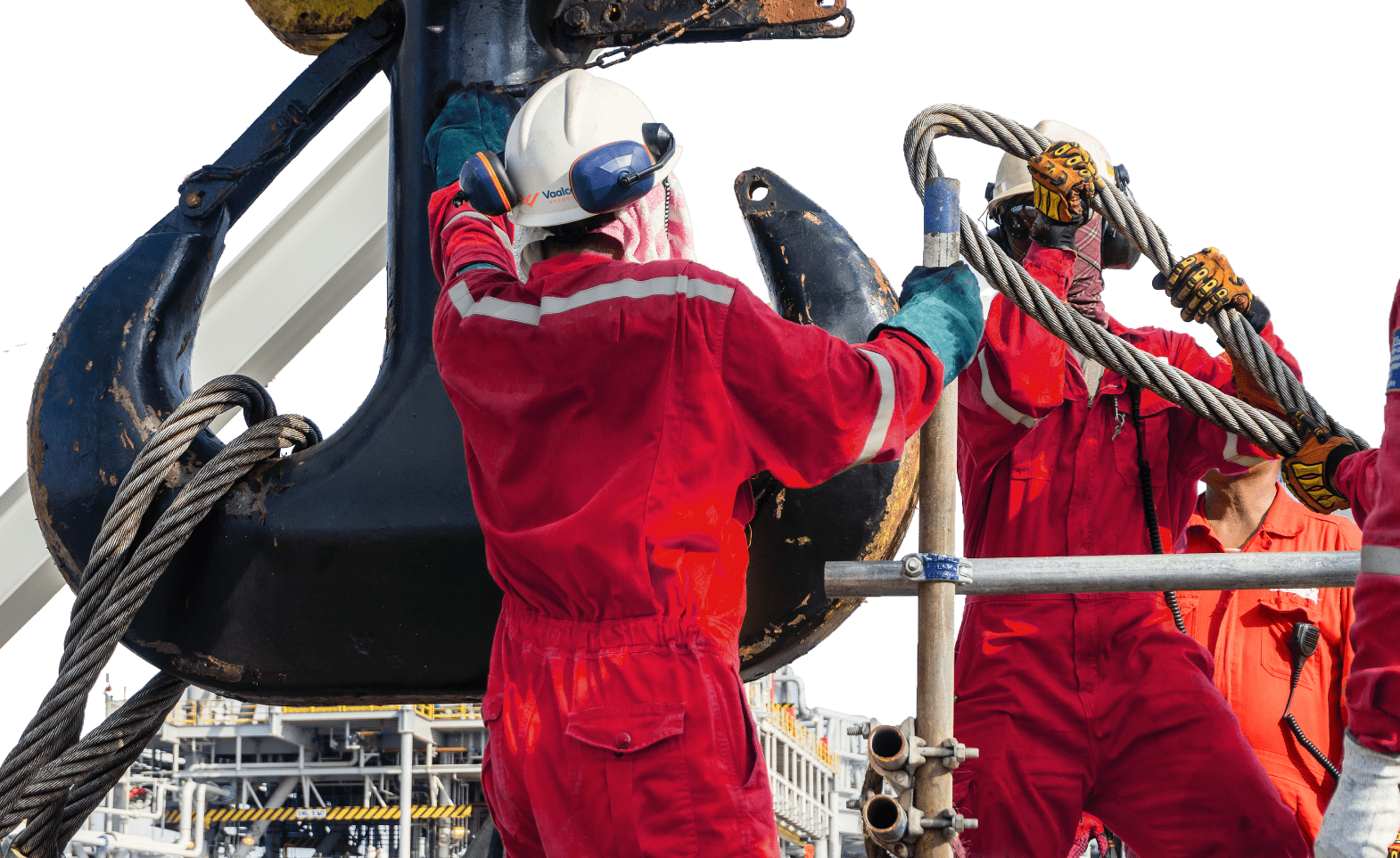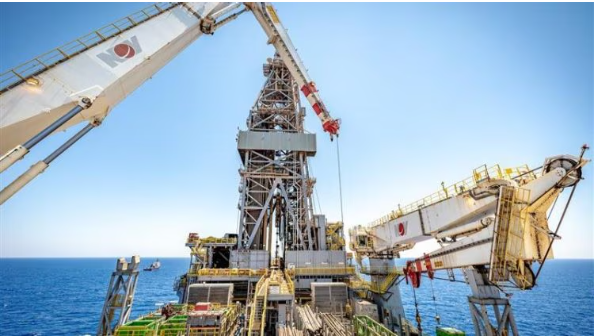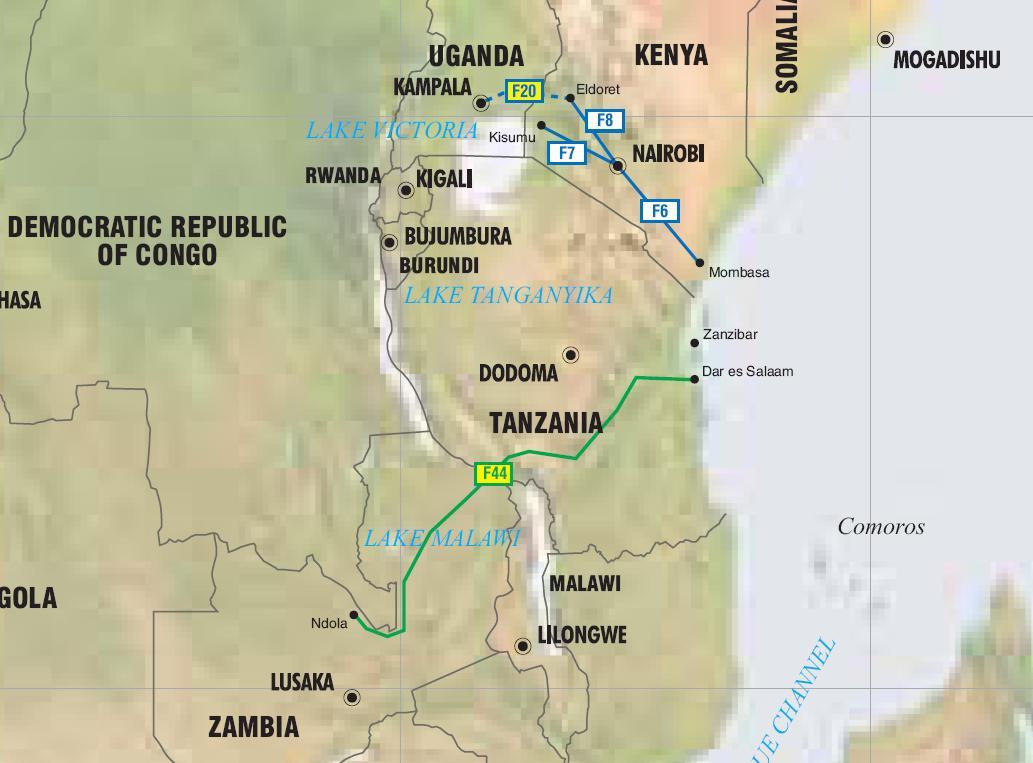$4bn Uganda to Kenya pipeline key to unlocking reserves
[twitter-follow screen_name=’oilnewskenya’]
Wood Mackenzie’s latest upstream analysis asserts that the proposed 1,400 kilometre (km) pipeline, from central Uganda to Lamu on Kenya’s east coast, is vital in order to realise the regions hydrocarbon potential.
Wood Mackenzie says that the neighbouring countries’ combined yet-to-find (YTF) reserves are in excess of 4 billion barrels. However, Wood Mackenzie estimates that the proposed pipeline will cost at least $4 billion and will face a number of challenges before construction can begin.
Once the pipeline is complete, Wood Mackenzie forecasts the discoveries will deliver good returns for the operators and substantial tax revenues to both Governments.
Wood Mackenzie’s latest assessment of upstream developments in East Africa, concludes that the proposed 1,400km oil pipeline from Uganda to Kenya is essential in order to unlock East Africa’s significant hydrocarbon potential.
“Kenya’s onshore Gregory Rift Basin has established itself as a new hydrocarbon province after recent exploration activity yielded 430 million barrels of recoverable oil. Neighbouring landlocked Uganda has over 1.2 billion barrels of discovered volumes,” says Martin Kelly, Head of Sub Sahara Africa upstream research for Wood Mackenzie.
Wood Mackenzie says developing these resources will not be easy, as the basins are so far from the coast, with very little existing infrastructure nearby. However, after considering several export route options, Uganda and Kenya’s Governments have now publicly agreed to build one pipeline to transport the stranded resources.
“There is huge untapped potential across both countries, with over 3.5 billion barrels of YTF volumes in Kenya, and a further 1 billion barrels of YTF reserves in Uganda. The proposed pipeline is fundamental in unlocking value for both countries,” he adds.
Catriona O’Rourke, Senior Sub-Sahara Africa upstream research analyst adds: “There are of course a number of challenges to be overcome before the pipeline can be built. The crude oil discovered in both countries is very waxy, with a pour point of over 40 degrees centigrade, so the crude will need to be transported by a heated and buried pipeline in order to maintain continuous flow – increasing the cost substantially. The pipeline will also pass through extremely difficult terrain, including mountains, rivers and marshland. Factoring in these challenges, we estimate the cost of the pipeline to be at least US$4 billion, including port offloading and storage facilities at Lamu.”
Mrs O’Rourke summarises: “Despite the remoteness, complexity and cost of the project, we believe the pipeline could come onstream in 2019. We also believe that once the pipeline is completed, the Kenyan and Ugandan discoveries will deliver good returns for the upstream partners involved and substantial tax revenues to both the Kenyan and Ugandan Governments.”
Wood Mackenzie forecasts that the pipeline could also encourage exploration activity in neighbouring countries such as Ethiopia, South Sudan and Democratic Republic of Congo, as any discoveries could potentially tie-in to the Uganda/Kenya pipeline at a later date.
[twitter-follow screen_name=’oilnewskenya’]
Related articles
- Oil in Kenya faces infrastructure, capacity challenges (nation.co.ke)
- Uganda, Kenya, Rwanda agree on oil pipelines (bostonherald.com)

